Leg Perthes Disease In Dogs
Leg perthes disease in dogs. Although the etiology is still uncertain the pathogenesis is very similar to that described in humans. Legg-Perthes disease is found in puppies of miniature toy and small dog breeds such as small terriers eg. Legg-Calve-Perthes disease affects male and female dogs with equal frequency.
Males and females alike can be affected and most patients are 5-8 months old. Legg-Calvé-Perthes disease in dogs also known as avascular necrosis of the proximal femoral head of the femur is a rapid degeneration of the part of the femur bone which is lodged in the hip joint. Legg-Calve-Perthes disease is a condition of small breed dogs.
This may ultimately become severe enough that the puppy becomes unwilling to bear weight on the leg. It occurs most commonly in toy and miniature breeds when the dogs are between 4 months and 1-year-old with the highest risk occurring around the age of 7 months. How is Legg-Calve-Perthes disease diagnosed.
Otherwise known as Legg-Calvé-Perthes Syndrome this disease affects hip joints in small dog breeds. Legg-Calve-Perthes Disease or LCPD is an orthopaedic disease that occurs in humans and dogs and refers to the spontaneous degeneration of the femoral head the ball segment at the top of the femur leg bone this degeneration causes the bone to die leading to arthritis within the joint and the eventual collapse in the shape and strength of the bone. In dogs it is most often seen in the miniature and toy breeds between the ages of 4 months to a year.
Legg-Calve-Perthes Disease LCP is a disorder of hip joint conformation occurring in both humans and dogs. Legg-Calve-Perthes Disease LCPD is a debilitating developmental orthopedic disease that affects toy and miniature breeds of dog. Because this appears to be a genetic condition all dogs that develop this disease should not be bred.
Degeneration of the femoral head causes the bone to die and collapse and leads to arthritis. Its a disease that Yorkshire Terriers and Westies are prone to suffer from and which owners need to watch out for. Legg-Perthes in dogs Overview.
Especially if youre bringing home a new puppy or will be helping to take care for a young toy breed keep an eye out for these symptoms. Causes of Legg-Calve-Perthes Disease in Dogs.
Sensitivity in one back leg.
Puppies with this disease tend to develop a gradually worsening limp in one of their hindlimbs. Contact your vet if you are concerned your dog may have Legg-Perthes or if they have. Legg-Perthes is a painful condition that causes the hip joint to crumble and collapse. Legg-Calve-Perthes disease also known as LCPD or LCP disease is a developmental orthopedic disease that affects dogs. Legg-Calvé-Perthes disease in dogs also known as avascular necrosis of the proximal femoral head of the femur is a rapid degeneration of the part of the femur bone which is lodged in the hip joint. Diagnosis with physical examination and medical imaging is relatively easy. When to contact your vet. Legg-Calve-Perthes disease is most commonly seen in small dogs under 20 lbs. Breeds Gender and Age.
Diagnosis with physical examination and medical imaging is relatively easy. There is also evidence of hereditary predisposition so breeding of affected dogs is discouraged. In dogs it is most often seen in the miniature and toy breeds between the ages of 4 months to a year. Contact your vet if you are concerned your dog may have Legg-Perthes or if they have. Sensitivity in one back leg. Especially if youre bringing home a new puppy or will be helping to take care for a young toy breed keep an eye out for these symptoms. Obsessive grooming of the affected leg.
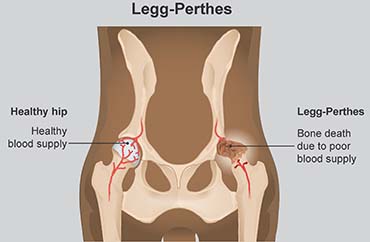




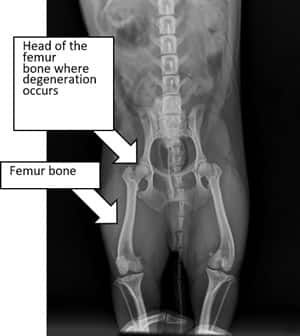



/GettyImages-693993226-0b8ea8a16d794265b7dba9adacb16754.jpg)



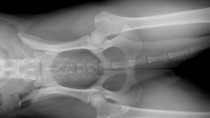
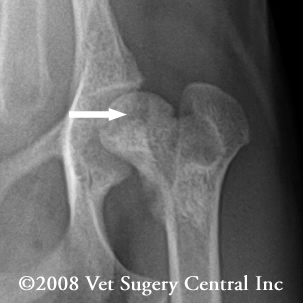
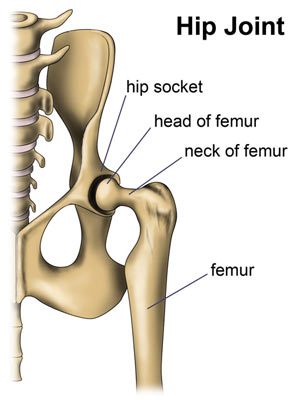
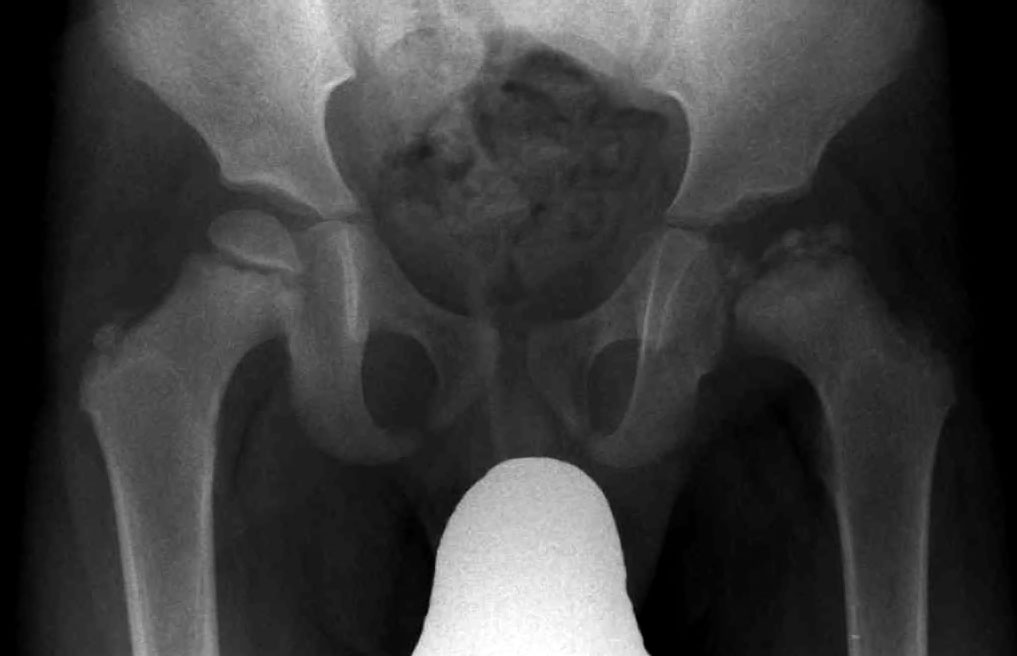

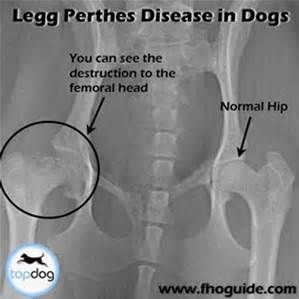


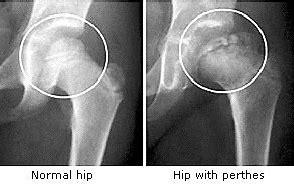



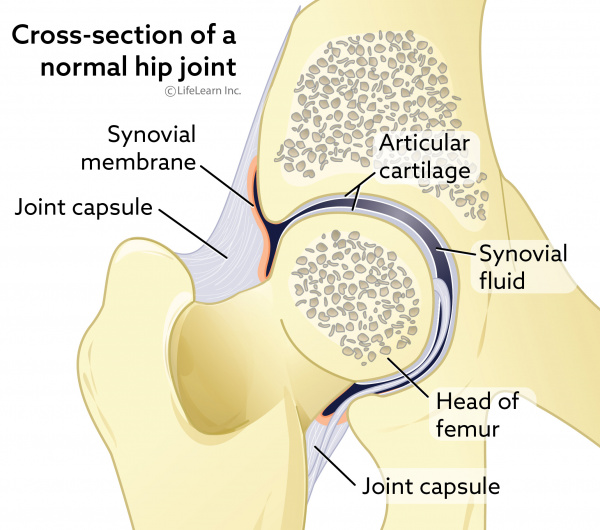
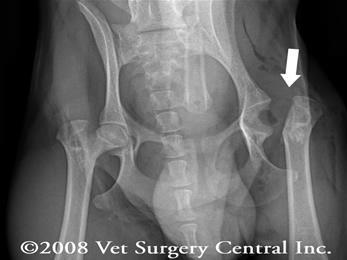







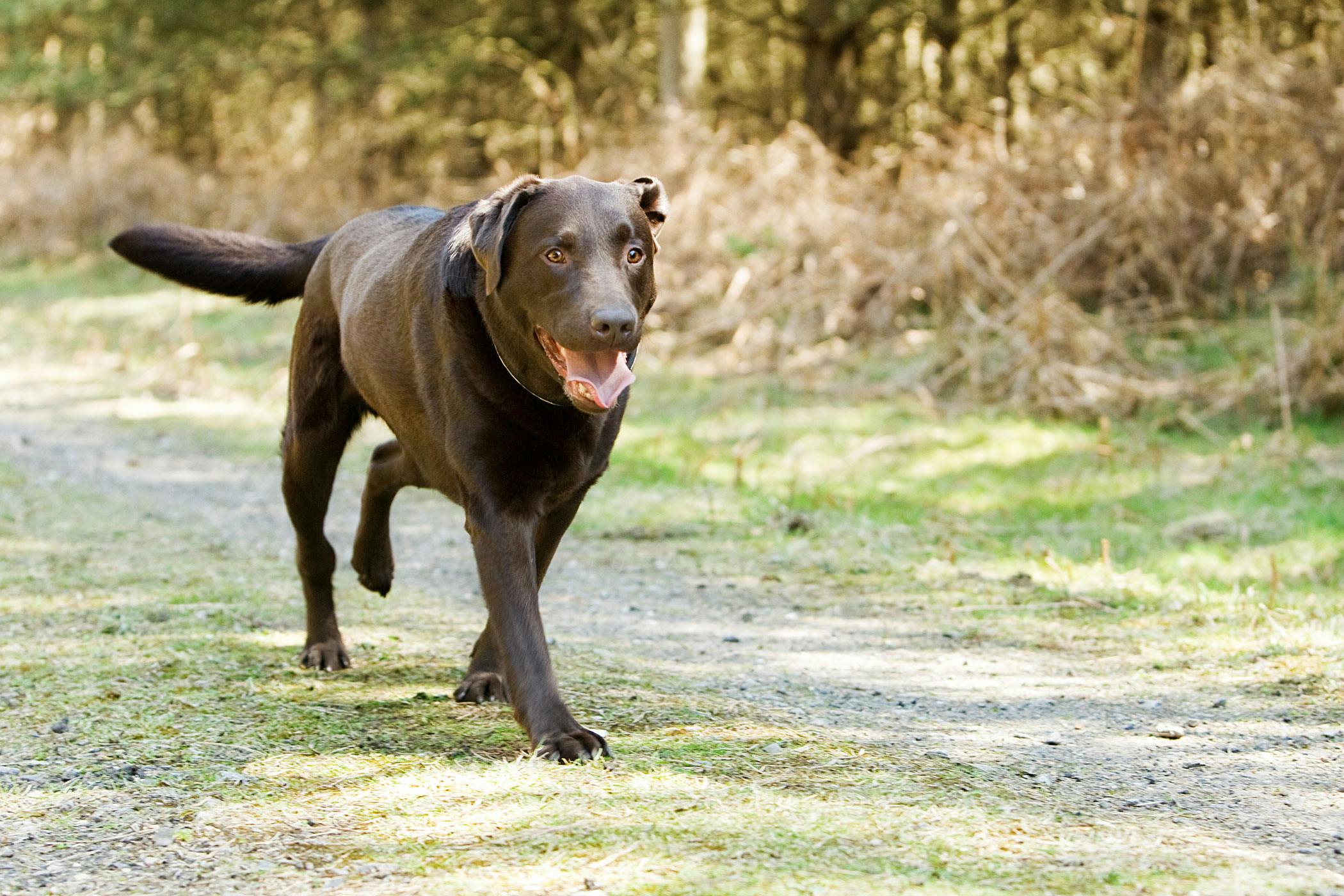



Post a Comment for "Leg Perthes Disease In Dogs"